The following classroom materials can be used to enhance the concert experience by allowing students to dive deeper into the topics and music featured in the concert.
Learning Materials may look blurry on the computer screen but should print completely clear. If you have trouble, contact ceberhard@cantonsymphony.org.
2023 YPC Learning Materials Video and Audio Links
Composers Overview
Gabriela Lena Frank is a modern composer who has made headlines with her unique musical approaches. Identity is a large part of Frank’s work, as she combines a Western classical music framework with Latin American cultural ideas. Her inspirations are Bela Batok and Alberto Ginastera. She was born in September 1972 in Berkeley, California, and attended Rice University in Houston Texas. She graduated with her B.A. in 1994 and her M.A. in 1996. In 2017, the Washington Post named her one of the most significant female composers in history. This was also the year Frank founded the Gabriela Lena Frank Creative Academy of Music, which seeks to help emerging and mid-career composers with their music-making, both in style and ethics. She received the 25th Anniversary Heinz Award for breaking gender, disability, and cultural barriers in classical music. Frank is also a sought-after pianist. She is currently the composer-in-residence for the Philadelphia Orchestra.
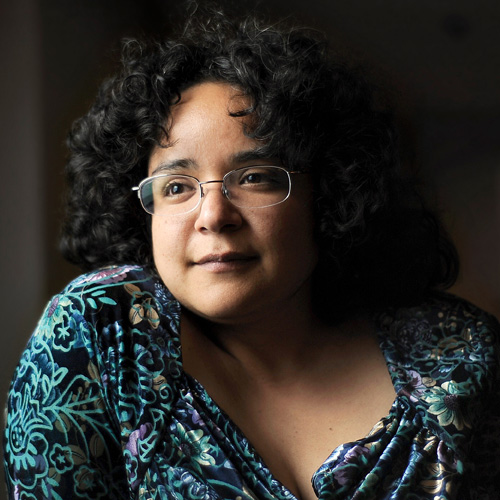
Felix Mendelssohn was a German composer born in February 1809. He was immersed in the arts from a young age, and his first public performance was in Berlin at age 9. From there, his love and prowess for music only grew. He became a celebrated composer in Victorian England and is now credited with bringing in early aspects of the Romantic Period. He was motivated by his family and contemporaries, including his sister Fanny and composers like Robert Schumann and Frederic Chopin. Mendelssohn is often described as combining aspects of literature, pictures, and music to create his classical pieces. He is said to have composed part of The Hebrides (1830-32) after being inspired by watching the waves off the Scottish coast of the Hebrides islands. He passed away in 1847.
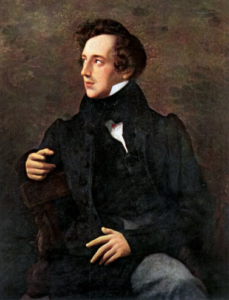
Pyotr Ilyich Tchaikovsky was a Russian composer who became world-famous in the 1870s. He was born in the spring of 1840 and expressed interest in music at a very early age. However, music education was not taught in Russian institutions, so he began studying to enter civil service. IN 1854, after nine years in boarding school and the death of his mother, Tchaikovsky was permitted to study music at the newly formed Russian Music Society. He eventually took classes at St. Petersburg Conservatory as well. He became deeply invested in Italian-style music and stepped into his career as a composer and music educator. After some years in the spotlight, wealthy widow Nadezhda von Meck became Tchaikovsky’s patron, allowing him to quit his job as an educator and focus entirely on composition. He would compose well over a hundred pieces and even conducted some of those in the United States in 1891. He continued composing until his sudden death in 1893.
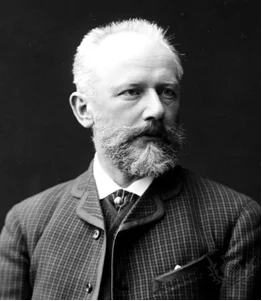
Camille Saint-Saens was born in France in October 1835. He was a child prodigy on the piano and performed his first recital at age 11 in 1846. In addition to his eventual fame as a composer and performer, Saint-Saens also wrote poetry, essays, and plays. However, he is especially remembered for his skill at composing symphonic poems. He was the first Frenchman to do so, and his symphonic poems captured the hearts of people around the world. He helped found the National Society of Music in 1871. Beginning in the late 1870s, as he became more famous, Saint-Saens began taking extensive trips to all corners of the globe. He performed in the United States, South America, Asia, and many other places. From 1880 to his death in 1921, Saint-Saens composed music in nearly every field of dramatic and instrumental music, but he always came back to his traditional French style. This emphasized craftsmanship and form, vastly different from the contemporary music that became popular later in his life. Throughout his life, he maintained close friendships with other musicians, including Franz Liszt. One of his most famous works is Danse Macabre.
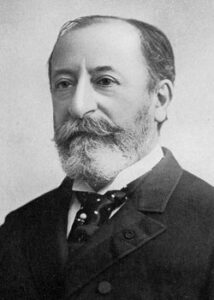
Ralph Vaughn Williams was born in 1872 in England and educated at the Royal College of Music. In addition to his education in England, he studied in Berlin and Paris as well. He is known as one of the first composers to travel into the countryside and notate folksongs and carols. Williams notated songs that had been passed down vocally for several generations. Without this work, many of these pieces would have been lost over time. His work covered almost the entire spectrum of moods, but there was a clear shift in his composing after the First World War. He was a soldier, and the war forever changed the way he looked at the world, which is reflected in his music. He received several accolades in his life but chose to refuse an offer of knighthood. He passed away in August 1958 and is now buried in Westminster Abbey.
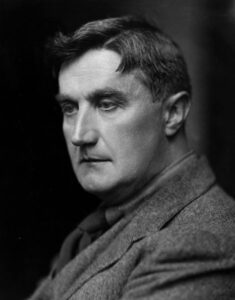
Edvard Grieg was born in Norway in 1843, and it was Norway that inspired much of his music. He began studying piano under his mother when he was only 6 years old, and he soon became a student at the Leipzig Conservatory. As his music became more famous, he visited Rome, England, and other parts of Scandinavia, but he always returned to Norway. Grieg’s music is known for its beautiful lyrical sense and roots in Norwegian folk tradition. Due to his immense influence on the growth of the genre, he is considered one of the founders of the Norwegian nationalist genre of music. He was considered a Romantic composer, taking on elements of the late Romantic style. Peer Gynt is one of his most well-known works. Grieg passed away in 1907 at the age of 64.
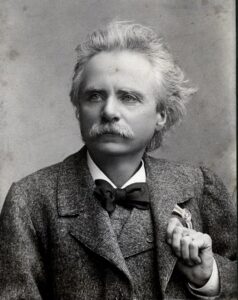
lesson 1: 3/4 and 6/8 time in music
Students will learn and identify simple and compound meters. Using an example, students will learn about 3/4 time and perform a waltz, and 6/8 and perform a Rumba
Lesson 2: theme composition
Tchainkovsky Symphony No. 5
“Composing Your Own Rhythm’ Worksheet and ‘Composing Your Own Melody’ worksheet, Symphony No. 5 musical example.
Lesson 3: Orchestral Instruments
1: Bacchanale from Samson and Delilah (strings)
2.Scottish Symphony, mvt. 2 (woodwinds)
3: Symphony No. 5, mvt. 2 (brass)
4. Mestizo Waltz (percussion and woodwinds)
5: In Autumn (all)
Play five clips from Cooking with Sound. Have the students identify which instrument family is being featured.